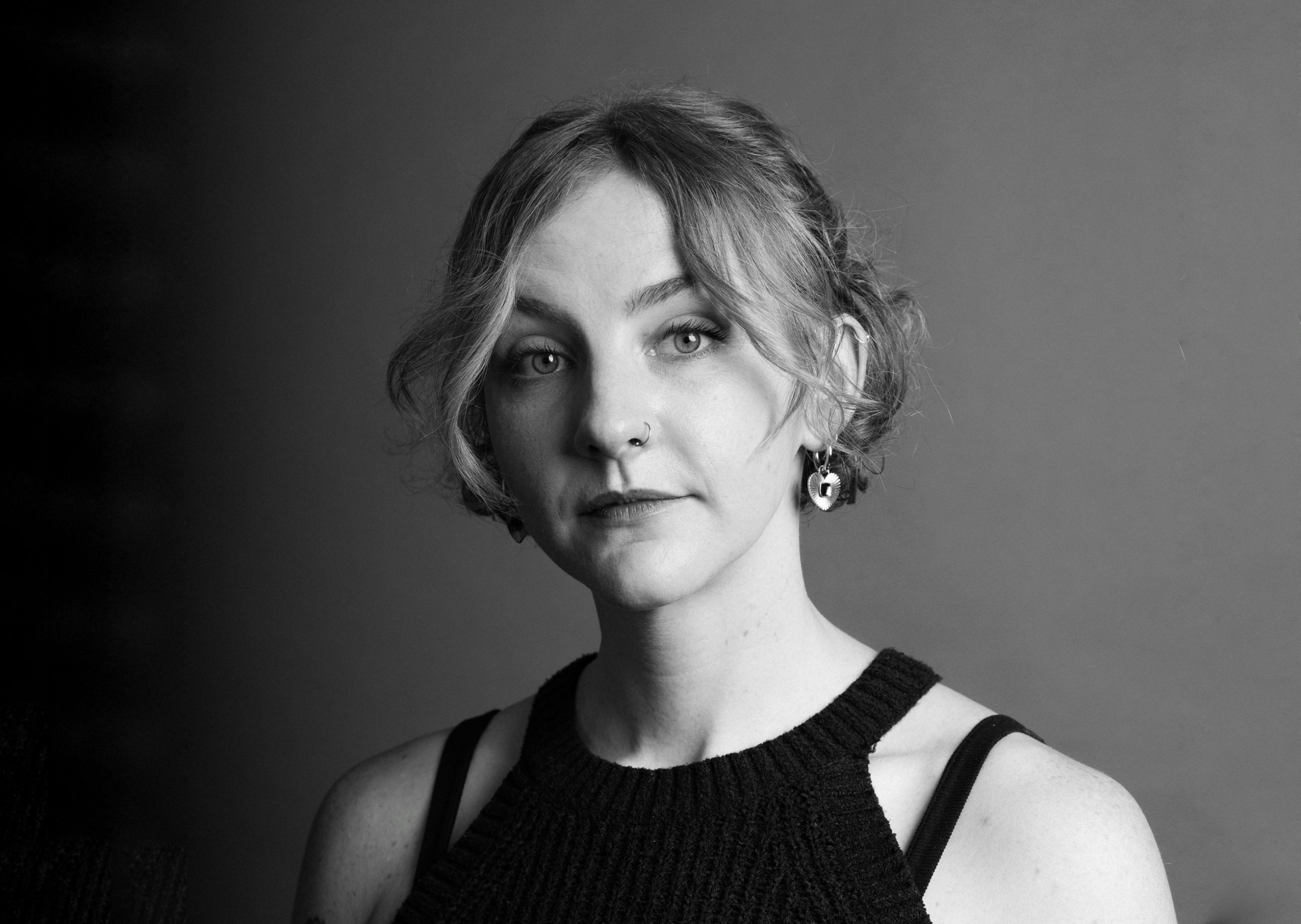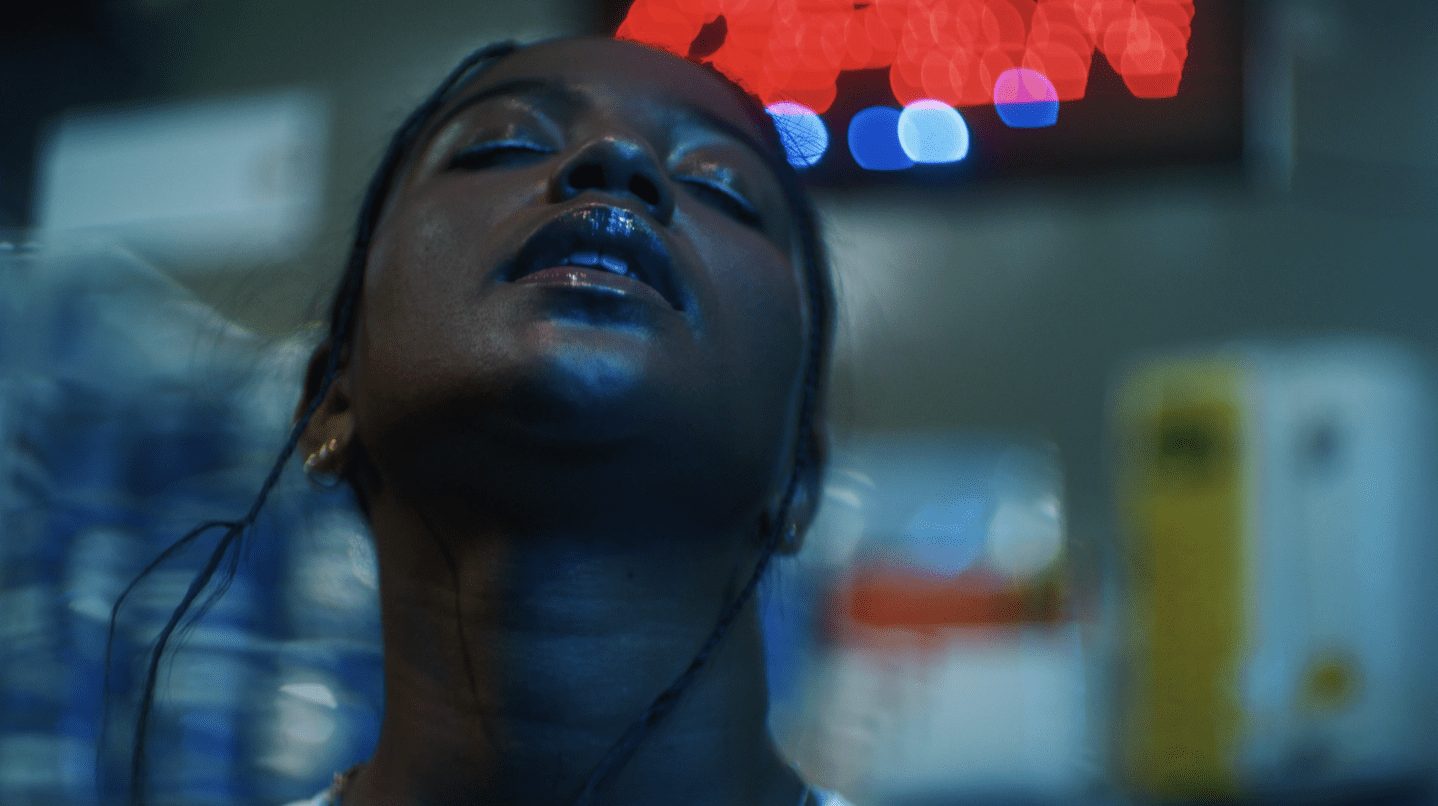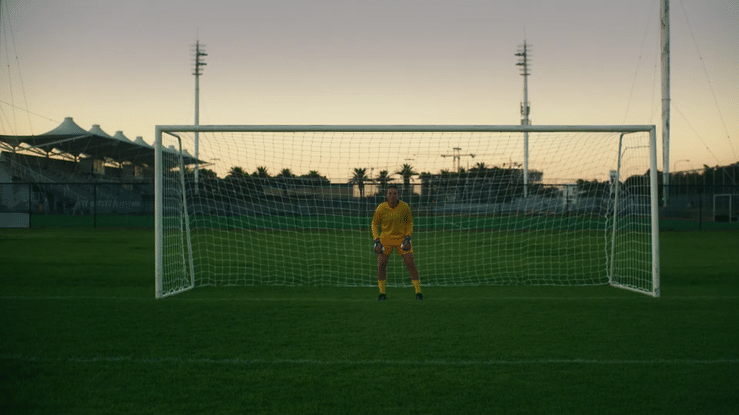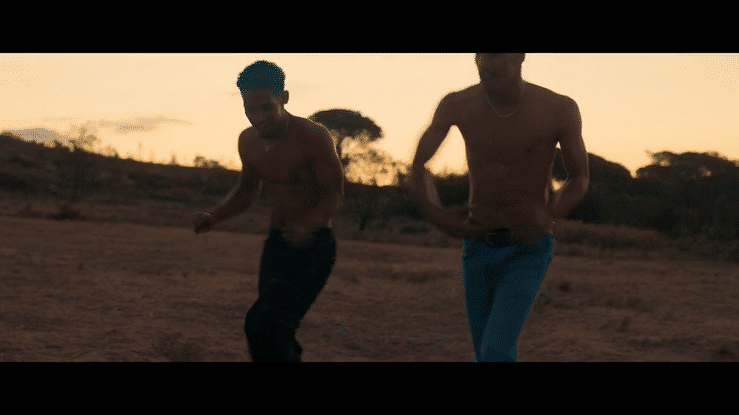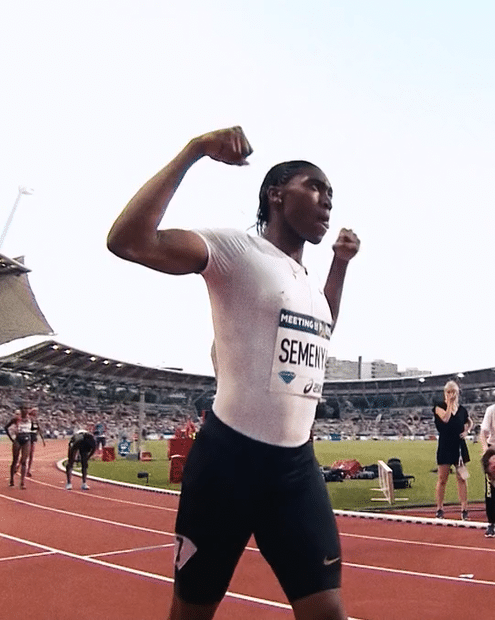In The Frame: Meghan Daniels
In The Frame: an in-depth series where Eyeforce asks their talents burning questions about their recent work. They discuss the intricacies, the magic, the good and the bad. Let’s get the B-Roll rolling.
We managed to grab a few minutes with our freshly signed new talent to gain some insights into their creative process. We explore what their ideal setup looks like, how they mentally and physically prepare for a shoot and what inspired them to pursue a creative career.
Besides working with film in any shape possible, you also paint. How does (your painting) influence you as a filmmaker?
For as long as I can remember, art and culture has always been at the centre of my life. It’s always been an escape as well as a tool to play, mess, and develop concepts through many iterations of experimenting and failing and trying again. Being an all-round creative enables me to always see each film brief as something rich with possibility for play and creativity. My brain is constantly ticking so expressing myself creatively also grounds and keeps me sane (I end up making a lot of the stopframe animations in my more multimedia driven works myself). In addition to creative outlets, I also have a huge curiosity for the world around me and have always lived in books, news channels and podcasts – it’s this curiosity and yearning to constantly learn that I bring into all of my directing work.
How did your career start as a film director?
Since I was young, I remember walking down to this DVD store in Plumstead after school and trying to wrangle films at a discount. I’d spend a lot of my time watching film after film as an escape from difficulties I was experiencing growing up. I remember romanticizing the idea of creating films one day, but never believing it could actually be a reality. I didn’t study film – instead, I have an undergraduate in Social Anthropology and only studied filmmaking much later on after freelancing in the industry when I doubled up on my Honours degree by doing Gender and Transformation and Documentary Filmmaking and Theory. Before working as a film director, I ran an organization that equipped young people with photography skills to become their own storytellers; I worked as a guest lecturer for a third year Multimedia Journalism Production course at UCT; and worked as a researcher at South Africa History Online. This background is really important to me because it’s this that drives me in the film industry today more than anything else – creating opportunity and space, challenging and nudging various spheres in an industry that has (and still continues) to exclude and marginalize.
What is a piece of work that really inspired you?
A lot of the work coming out of South Africa and the continent at large really inspires me. This space is melting with talent and deserves to be up there on the world stage with more opportunities and briefs coming in. I’m also really inspired by organizations such as Girls in Film who represent, champion and connect the new generation of women, non-binary and trans creatives in the film industry.
In terms of the short films I’d like to create in the future, I’m really inspired by the films and books of Miranda July – exploring the peculiarities of how we express ourselves, exploring the daunting but also quirks of navigating gender and sexuality; and representing individuals who see and navigate the world slightly off kilter.
What was your favorite project to work on?
Honestly, and I’m sorry if this response is a let down, but all of the projects I’ve worked on thus far are my favorite. Even when I work on projects I won’t necessarily share, I still get to work with the most incredible people on set and during pre and post-production. Don’t get me wrong, I’m not trying to romanticize this industry – it can get really, really ugly – but when I get to push against this, ask questions and see what we can collectively do to make this space better, it’s all worth it to me in the end. It’s probably a bit embarrassing how psyched I get knowing that this gets to be my job.
Who’s your dream client?
I feel really lucky and privileged in that I’ve already worked with a lot of my dream clients – to be honest every job I get is a dream…that I get to do this for work grounds and excites me daily. There was a period where I watched Vice religiously, and so when the job came in to direct an episode for a global series of theirs, I crumbled with excitement. Most of the work I’ve done with adidas has also been a dream – getting to work with the most inspiring young creatives doing incredible work in South Africa. Working with Boiler Room was also a dream come true – ticking the boxes of my love for music and raising awareness of local talent emerging from South Africa and impacting the global stage. I’ll also never stop talking about how getting to meet and work with Caster Semenya for Nike’s global ‘My One Thing’ campaign was a dream come true. There are so many clients I’d love to work with in the future – exploring sexuality and intimacy with the likes of Bumble and Skyn, doing more lifestyle based pieces with fashion and clothing clients, I’d love to explore quirky portraits of humans through platforms such as Google and Facebook…the list goes on.
What do you like about directing commercials versus your self-initiated work?
Self-initiated work is always a space to play and explore unapologetically without the restraints of needing to change tone and authorship; it’s a space where things slow down and my team and I are able to simultaneously play, explore and be scrupulous without the pressure of tight time pressure and deliverables; sometimes the commercial space can be really challenging and draining (no matter how resilient or stubborn you are) – self-initiated works always stand out as points of reflection that remind me why I’m doing this…these works always recharge me. I start with explaining self-initiated work because it’s all of these approaches that I try and incorporate into my commercial work. Whether the work is self-initiated or commercial, it’s always personal and I always choose to operate from a place of curiosity, care and sensitivity.
What moves you to create such intimate portraits of people often left out of the mainstream picture?
I wouldn’t say that my goal is to create portraits of people left out of the mainstream picture, but rather to always bring sensitivity, care, and thorough research to any project I work on to ensure, as much as I am able to, to create a space where people feel safe, respected and that their story is being told through their own lens – to me, the filmmaking process should always be collaborative as opposed to hierarchical. Goodness, I could write thesis papers about this. For now though, I’d say what motivates me is our country’s history and how it has marginalized and harmed for far too long; stereotypes and ‘single stories’ that are a result of people telling stories that they haven’t embodied themselves; my own failings and learnings of how I can be better (in this industry, to others, and to myself); my own PTSD and growing up feeling like an introverted soul and bit of an oddball (the latter still holding true).
